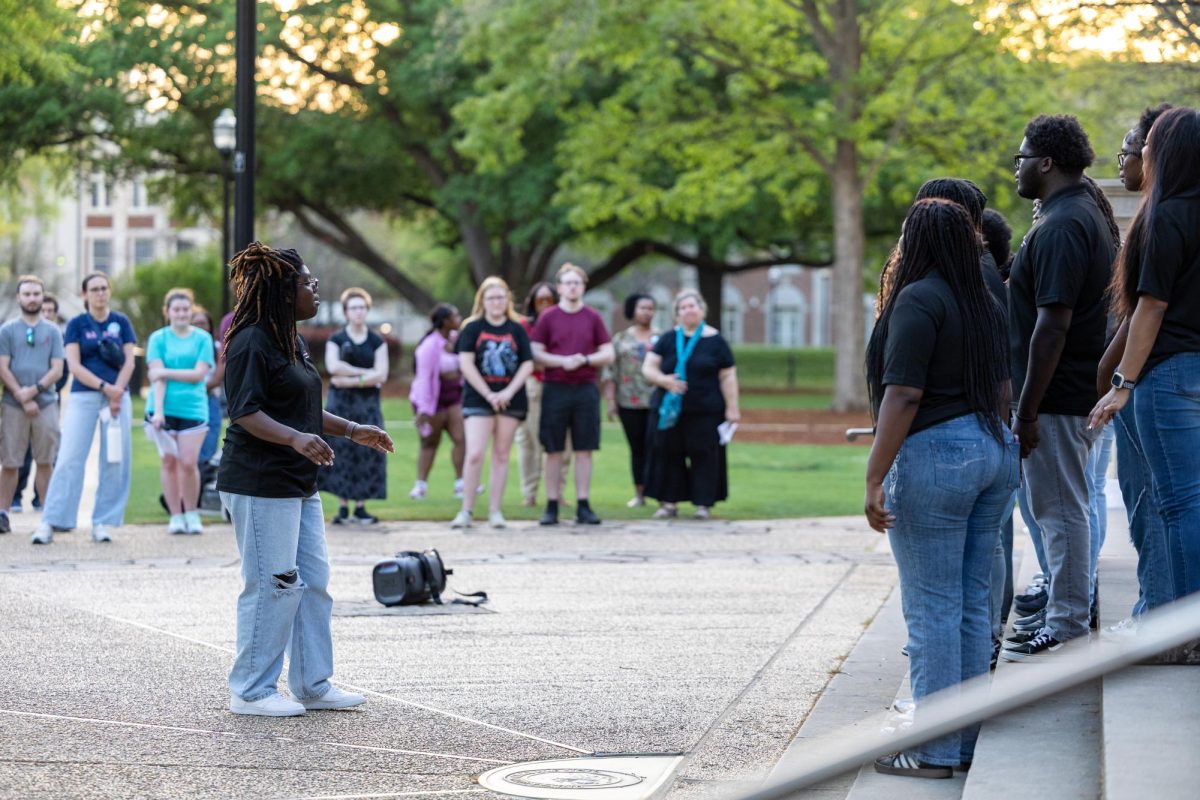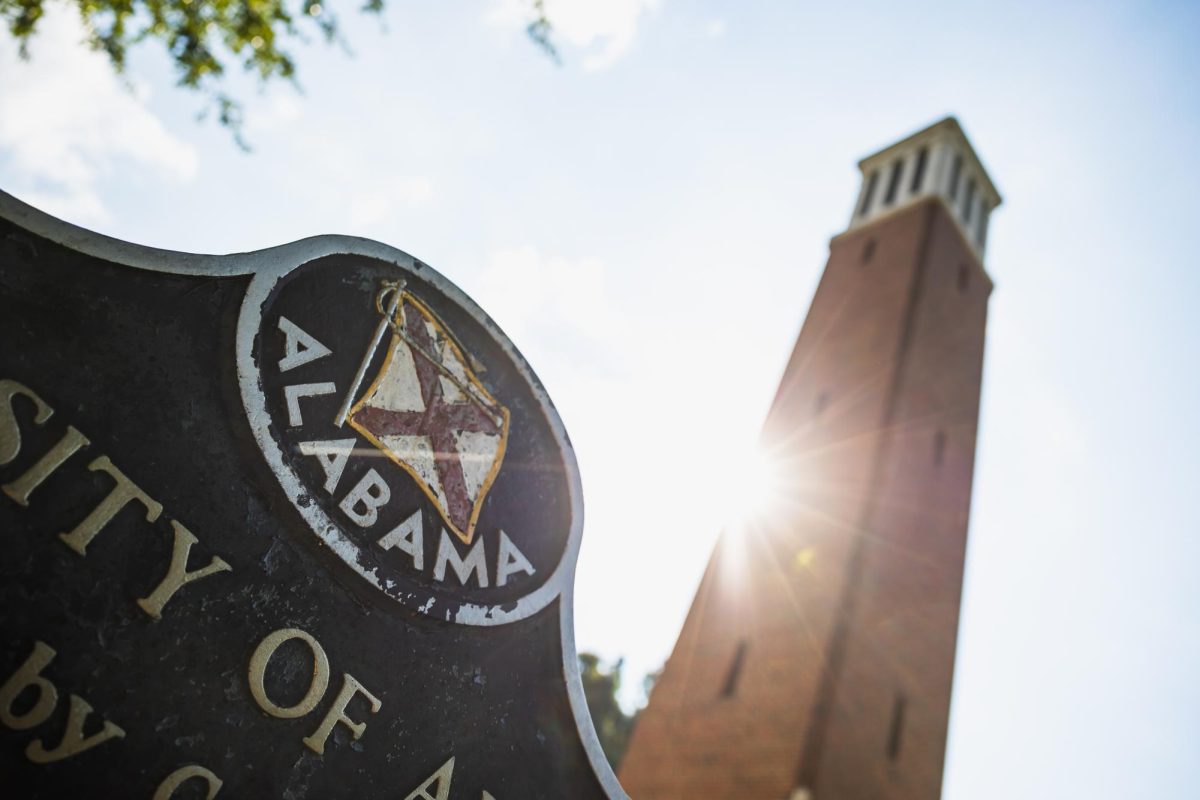One way to win $1 million is to answer trivia questions on a TV show; another is to answer some of the most difficult questions of protein synthesis.
Patrick Frantom, assistant professor of biochemistry, recently received the National Science Foundation Career Award, a $1 million grant available to distinguished faculty in their first four to five years of their careers.
“It’s something about understanding structure-function relationships in enzymes, and understanding how changes at the amino acid level change the function of the enzyme,” Frantom said of his research.
Enzymes are special proteins that work as catalysts for chemical reactions, and amino acids are the building blocks of proteins.
“The order of those amino acids is critical for the function of the protein,” Frantom said.
One portion of isopropylmalate synthase, the molecule Frantom studies, catalyzes the biosynthesis of leucine, an essential amino acid synthesized in fungus and plants but not mammals. Because the enzyme used to synthesize leucine is not found in mammals, it is useful when creating anti-bacterial or anti-fungal drugs.
When leucine is in excess, however, a leucine molecule will bind to a pocket in another portion of the enzyme, which acts as a regulator. When the leucine molecule binds to the enzyme, it shuts down the part of the enzyme where the reaction to start the synthesis of leucine occurs. After leucine levels return to normal, the leucine molecule bound to the pocket falls off the enzyme, switching back on the catalyst portion and signaling the synthesis of leucine.
“Somehow there is communication between these two sites. We don’t really have a good idea of how that works at all, at the atomic level, for very many proteins. So one of the things we’d like to do is to understand something about the general principles involved with how you do long-range communication in an enzyme,” Frantom said.
Through his research, Frantom has discovered five different sub-groups of the enzyme that contain both the reactive part and the regulator, and that each of the five different sub-groups use very different methods of regulation, he said.
One of the sub-groups is especially different in that it does not use leucine as a regulator, and it has a dramatically different chemical structure, being only a monomer as opposed to the other polymers, Frantom said.
“For us, finding that one that was a monomer—that was just last week—so we were very excited to see that because what that says is that there is something that’s different there,” Frantom said.
“Thinking about an enzyme as scaffolding, and then you can take a scaffold and have various functions built upon that same scaffold by using slightly different amino acid sequences, and so trying to understand something about how the changes in those sequences affect a change in function,” he said.
On that scaffold, there are clusters of similar amino acid structures which have similar functions, but are different in structure and function from other clusters. Another part of Frantom’s research involves determining how the small changes in the structure at the amino-acid level affect those changes in function.
“And so that has something to do with understanding how the protein functions at a atomic level, but it also has an evolutionary aspect because the code for building this polymer and what amino acids are supposed to go where is all encoded in the DNA. So anytime you have mutations in the DNA or evolution of a gene, you get a different sequence, and then natural selection can choose whether that new sequence and that new function is good, bad or better, different, all those kind of things,” Frantom said.
Frantom also helped sponsor Jordyn Johnson, a third year graduate student in biochemistry, in her application for the NSF Graduate Research Fellowship, which she won this spring.
“I was very shocked and completely amazed. I couldn’t believe I had actually gotten chosen,” Johnson said.
Though Johnson’s project is still in the preliminary stages, over the next three years she will be exploring an offshoot of Frantom’s larger project.
“Both of the grants are very exciting for the department. I think the Career Award that Dr. Frantom received, that’s sort of the highest award that a young professor can receive from the NSF, so that’s a real mark that someone is off to a good start in establishing themselves as a researcher in the field.” Kevin Shaughnessy, chemistry department chair, said, “In the case of the fellowship award Jordyn received, that’s another very, very prestigious award. It’s a real testament to Jordyn, and it’s very nice for the department to have students that are the quality that can win those kinds of awards.”








